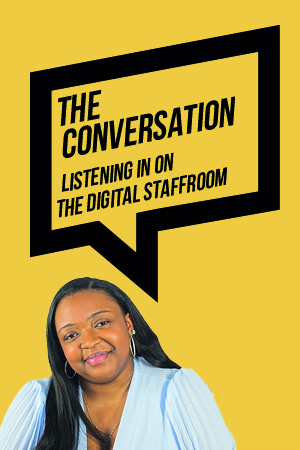I first encountered Sally Tomlinson’s work in the mid-1980s as a masters student.
I recall the immediate impact that her writing had on me all those years ago – even as an already experienced classroom teacher, working with what were still called “disruptive pupils”.
Her books of around that time, including A Sociology of Special Education (1982) and Special Education and Social Interests (1984, co-edited with Len Barton) provided me with an elegant, insightful – if somewhat depressing – contextual backdrop to my work: at the sharp end of attempting to meet the exceptional needs of young people largely jettisoned by the system.
The lucidity of her arguments in connecting recent developments in special education during the 1980s – the continued preoccupation with categorisation and classification to maintain order and control – came as a welcome insight to my own sense (and that of many others) that these approaches denied the rights of significant numbers of the school-age population.
It serves a useful purpose in reinforcing the view that a regrettable status quo remains
It has become increasingly unfashionable for practitioners to draw on academic writing, a depressing state that has been fuelled by those who may have the least to gain from an informed and critically reflective teaching profession. The former education secretary Michael Gove was the most recent of those politicians who have attempted Trumpian bluster in their denials that there could be an alternative script to that posited by education’s free-market elitists, or that thinkers or “experts” such as Tomlinson are integral to pushing the boundaries of policy and practice.
A Sociology of Special and Inclusive Education is an essential item of kit, however. It gives insights into the beliefs and structures that form the contested ground of inclusive provision in contemporary schools. Like it or not, by no means all schools are oriented towards an “education for all” – often because of an inability and lack of vision to define operational measures to ensure access to curriculum and social opportunities for those of difference. As Tomlinson points out: “When governments and their advisers claim they want to create ‘world class education systems’ the question must be, whose world would that be for?”
Tomlinson, as in her earlier defining works, insists on the convergence of disability, race and social class as an explanation for the often-marginalised experience of many children in our schools. A Sociology of Special and Inclusive Education provides a contemporary mapping of this territory.
There is an absence of any meaningful consideration of the emergence of “leadership”
It serves a useful purpose in reinforcing a (perhaps cynical) view that, despite the 30 or more years of policy effort, a regrettable status quo remains in education. Interrogating the abiding tensions highlighted in the book – old chestnuts such as fixed intelligence, the “professionalisation” of special needs and the vocational nexus encountered post-16 by those with disabilities – is a vital part of any teacher’s armoury, equipping us with a resilience grown by developing a deeper understanding of the challenges faced by practitioners.
That said, the book has some shortcomings. There is an absence of any meaningful consideration of the emergence of “leadership” in moving the inclusion agenda forward, and of a more optimistic and enabling definition for “21st-century inclusion”. Nor does she fully unpack the nuances and implications of academisation. More comprehensive scrutiny of these would have added further value.
Notwithstanding these drawbacks, Tomlinson continues to enhance our insights; pretty much the same as she has done for a generation of informed and passionate teachers. It will stimulate frustration, even anger, amongst its readers, irrespective of their persuasion.
However, it should be added to those resources that can provoke reflection on what we do in schools, with a view to at last finding positive, less exclusive ways forward.













Your thoughts